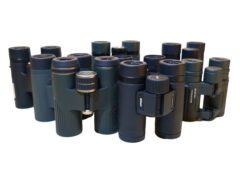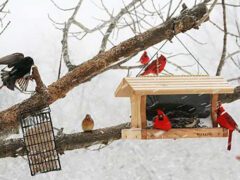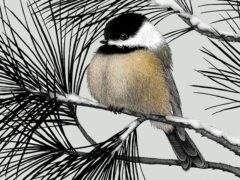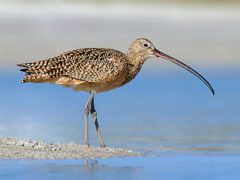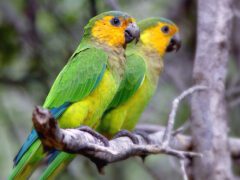The Four Keys to ID
- Size & Shape
Palm Warblers are small songbirds, but they are on the larger side for a warbler and have a fuller looking belly. Their posture is more upright than a typical warbler and more like a pipit—especially noticeable when they are on the ground. Their tails and legs are longer than most warblers contributing to the pipitlike shape.
Relative Size
Larger than a Ruby-crowned Kinglet, smaller than a Dark-eyed Junco.

 sparrow-sized or smaller
sparrow-sized or smallerMeasurements
- Both Sexes
- Length: 4.7-5.5 in (12-14 cm)
- Weight: 0.3-0.5 oz (7-13 g)
- Wingspan: 7.9-8.3 in (20-21 cm)
© Luke Seitz / Macaulay Library
- Color Pattern
- Behavior
- Habitat
Regional Differences
Plumage of Palm Warblers is different on either side of James Bay which lies between Ontario and Quebec in Canada. Palm Warblers east of James Bay (“Yellow” Palm Warblers) have entirely yellow underparts with stronger rusty streaks on the breast and yellow eyebrows. Those west of James Bay (“Western” Palm Warblers) have whitish bellies, yellow undertails, and pale eyebrows. During the breeding season, “Western” Palm Warblers also have a yellow throat with some rusty streaks on the breast. "Western" Palm Warblers winter primarily in the Caribbean while "Yellow" Palm Warblers winter primarily along the Gulf Coast, but the two subspecies mix in the southeastern United States.




















































